| 주 저자 | Su-In Yun, Hye-Rim Kim, Doo Yong Park, Jae-Weon Jeong |
|---|
| 공동 저자 | - |
|---|
| 소속 | - |
|---|
| Abstract | We proposed a simplified integrated daylight control (SIDC) system, which is a mathematical daylight control approach for multiple personal offices that use a couple of sensors installed in the outside of buildings. After the window plane illuminance that could reflect the external obstruction and the solar position was predicted, the correlation between the window and the work plane illuminance was analyzed through the pre-calculation phase. We allowed this correlation to reflect the roller-shade position. The roller-shade control approaches were proposed using two methods: one is a method of control via the position of the sun, and the other is a method of control via effective window plane illuminance based on the discomfort illuminance level of the work plane. After simple equations to predict the work plane illuminance according to the roller-shade positions in the pre-calculation phase were derived, the SIDC system was controlled with one of two roller-shade control methods. We used climate-based simulations for verification. As a result, roller-shade control using effective window plane illuminance was more efficient than control using solar position. 90.21% of all office hours were met with satisfactory visual comfort conditions. Energy usage was reduced by 86.96% compared to that of on/off control. |
|---|
| Keyword | Integrated daylight control, Simplified method, Visual comfort, Energy usage |
|---|
| 페이지 | pp. 1~11 |
|---|
| 논문 파일 |
없음
|
|---|
| 게재일시 |
2020-05
|
|---|
| DOI | - |
|---|
| 학회/저널명 | Energy and Buildings Vol.214 |
|---|
| 년도 | 2020 |
|---|
| 추가 문구 | 109891, https://doi.org/10.1016/j.enbuild.2020.109891 |
|---|
| 등록 일시 | 2025-06-18 14:43:22 |
|---|
